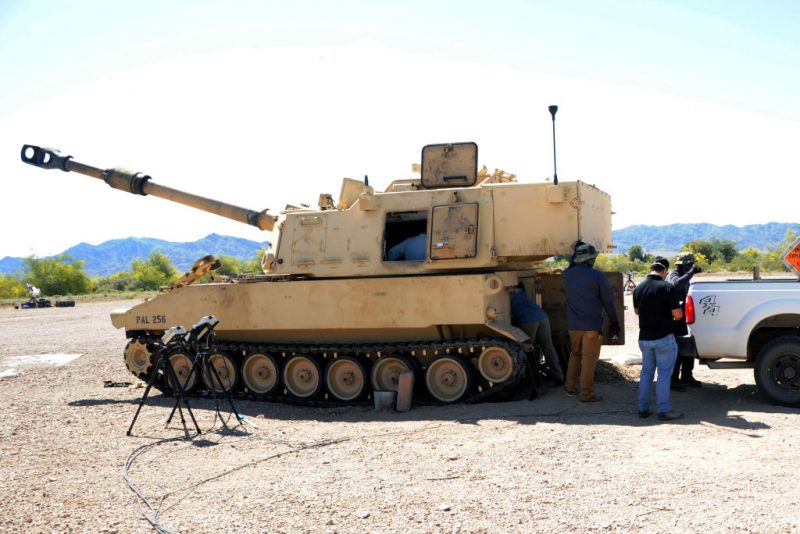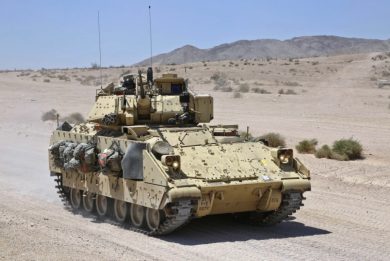US Army: new rounds for 155 mm artillery
The US Army Long Range Precision Fires (LRPF) programme is made of different components, a key one being ammunition.
The roadmap leading to the adoption of a whole new family of 155 mm ammunition was illustrated at Future Artillery Online, the virtual edition of the yearly conference organised by Defence iQ, by Mr. Peter J. Burke, Deputy Project Manager, Combat Ammunition Systems (CAS), Joint PEO Armaments and Ammunition, US Army based at Picatinny Arsenal, New Jersey. His organisation manages the whole life cycle for conventional indirect fire ammunition, mortar weapons, fire control systems and precision ammunition programmes, as well as for Navy and Air Force bombs, in short “all lethality minus missiles.”
“The US Army will more than double the range of its tube artillery, from 30 to 70 km, by 2023, and is also about to deploy a new generation of 155 mm anti-armour projectiles able to defeat moving armoured vehicles,” he says in his opening remarks. After pointing out the three main tasks of PM CAS, delivering ammunition and weapon systems when needed and at the point of need, develop the Long Range Precision Effects, and working at international level as part of NATO Integrated Capability Group-Indirect Fire, of the 155 mm Joint Ballistics MoU, with involvement in Foreign Military Sales contracts, Mr. Burke gets to the point, describing the state of the various new ammunition programmes that will bring the US Army artillery into the future
The Long Range HE solution
“Our first new round is the XM1128, a Base Bleed High Explosive projectile, which is currently in ammunition safety testing and that will soon move into full qualification testing, with the goal of beginning production in 2022,” Burke tells the audience.
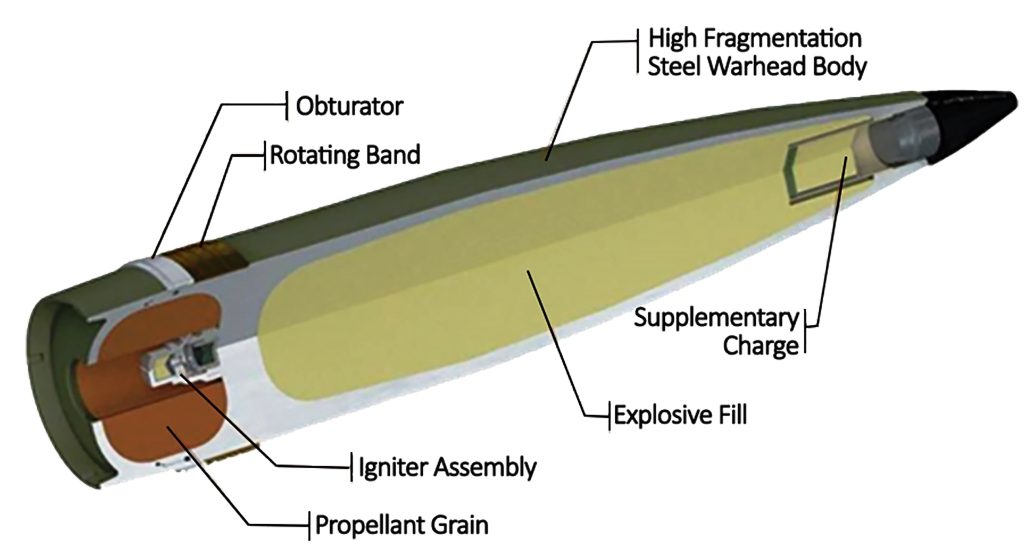
The round is filled with the IMX-104 insensitive explosive, which the US Army adopted years ago to replace Comp B in its Insensitive Munitions (IM). The round is set to replace the M795 HE projectile that has a 22 km range when fired from a 39-calibre barrel, the XM1128 increasing that range up to 30 km. The round can be fitted with the Precision Guidance Kit (PGK) used by the US Army artillery to improve its 155 mm munitions accuracy. The round has a high fragmentation steel body, and ahead of the main explosive fill, just behind the fuse, a supplementary charge is fitted to further enhance lethality.
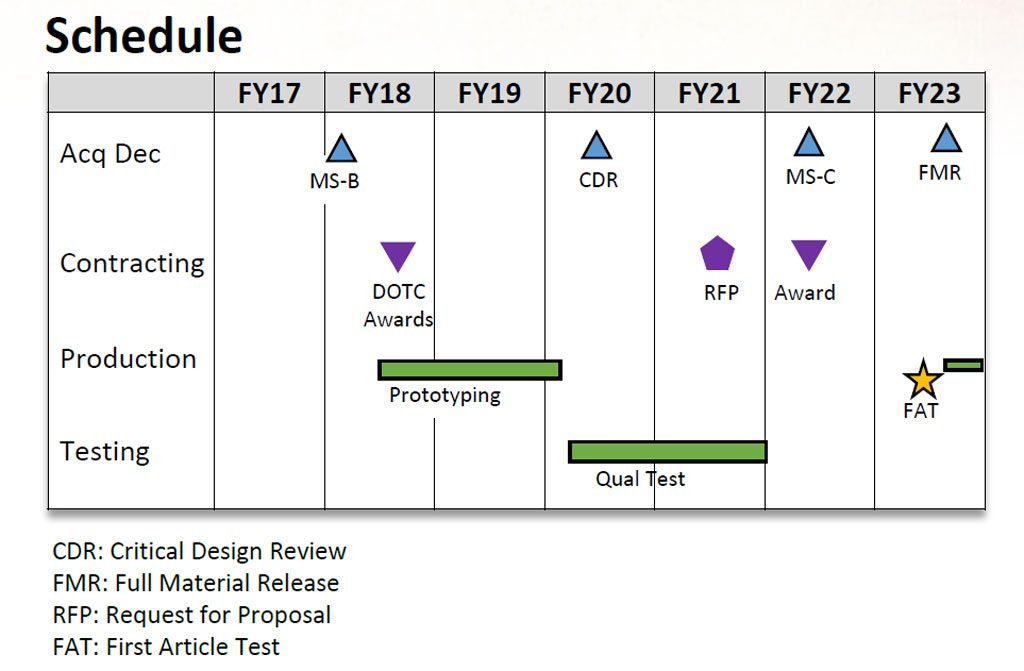
The slide shown during the briefing indicates that the CDR was overcome in FY20, while FY21 will see PM CAS issuing the Request for Proposal to the industry for an award in FY22 that will lead to production that same year as said by Mr. Burke, with First Article Test scheduled in FY23.
Stepping to the XM1113 round, the cutaway immediately shows a large rocket motor at the rear, which according to Mr. Burke weighs almost half of the IM high explosive contained in the forward part of the ammunition. “The goal is to achieve a 40 km range with the 39-calibre fleet, and the round will be fielded in 2022 as an Urgent Materiel Release,” he explains pointing out that the follow on version of the projectile, that will be fielded in FY23, will be able to achieve 70 km from the 58-calibre gun of the ERCA system.
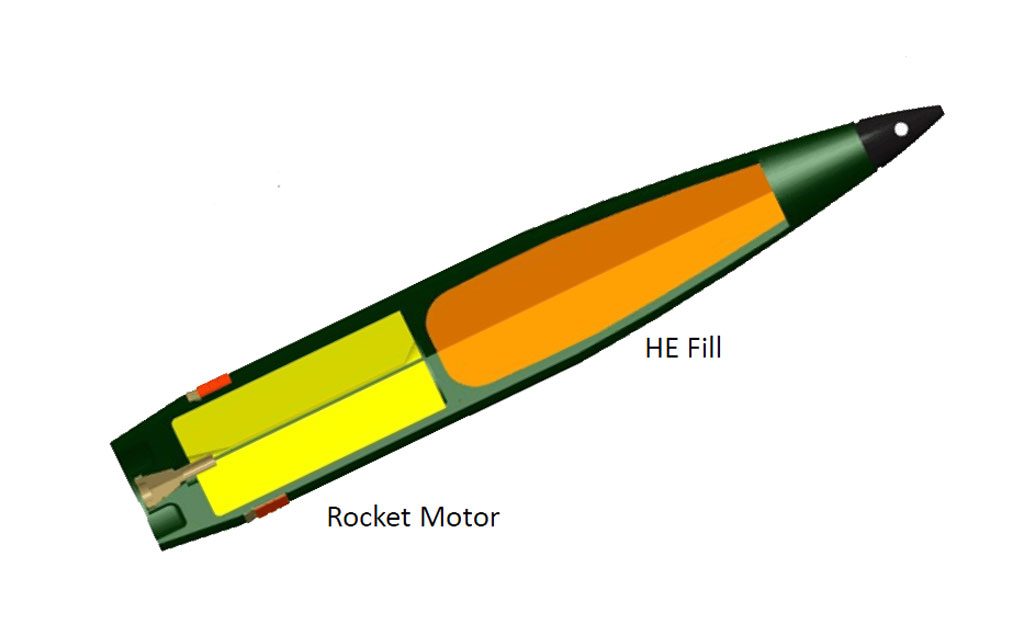
The XM1113 will be PGK-compatible in order to compensate the inherent ballistic dispersion of RAP long-range projectiles. The deputy-PM CAS made some interesting comments as far as lethality is concerned: “We have investigated different means to improve the lethality of these projectiles but it always come downs to a distance case.”
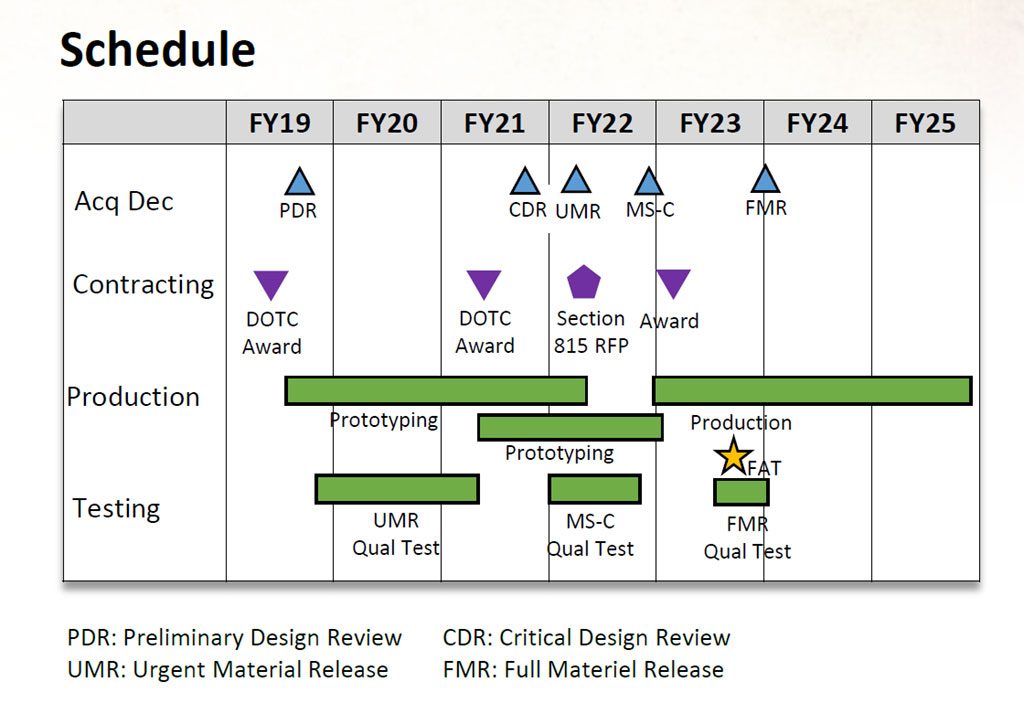
Given that it is possible to put the projectile very close to the target, thanks to the guidance kit, putting tungsten ball bearings on the inside or scoring the inside of the projectile to improve pre-fragmentation does not add much in terms of cost-benefit ratio. “So currently we do not have any plans to do anything exotic in these warheads and we are going to rely on the low-cost precision afforded by the PGK,” Burke states.
SuperCharge propellant charge for super-range gun
To increase range, it is not sufficient to work on ammunition, propellant is the other key element, especially when increased chamber pressure and muzzle velocity are required. “Our current family of propellant is the Modular Artillery Charge System (MACS), similar to other used by the most modern artillery systems in order to vary the zone by simply building the different charge, however the ERCA has a sliding breech block similar to that of tanks or breech-loaded mortars, so because of that there is a metal can that is there to assist the sealing of the breech, along with some propellant on the inside, and this acts as interface between the electric fire primer and the MACS charges which we already have in our stocks,” Burke explains.
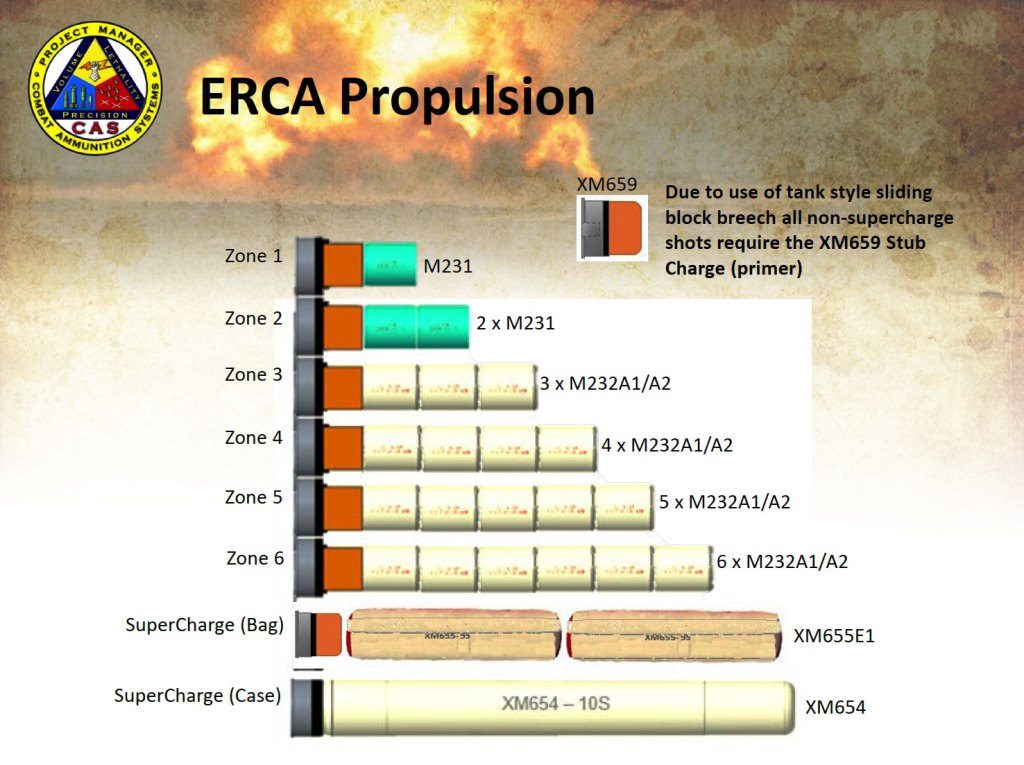
This interface is known as XM659 Stub Charge (primer) and is used to fire from Zone 1 to Zone 6, adding to it the required number of bag charges. To reach the 70 km the SuperCharge is needed: “We have two SuperCharges under development, the first consists of two very large bag charges that go along with the XM569, while the second is an entire monocharge with a rigid case,” Burke says pointing out that this choice was due to the schedule, as in order to release the ERCA system to the field in 2023 the US Army took a step back and decided using a well known case materiel, that is a cloth bag. “The rigid case material is still being developed, it has to be rigid enough to survive soldier handling and logistical requirements, beside providing the sufficient pressure and velocity, and it is not at the maturity level where it should be to allow its fielding in 2023, so we will initially field the XM655 SuperCharge (bag) with the two bag charges to obtain the long range, the XM654 SuperCharge (case) becoming ready when we will provide ERCA with the increased rate of fire, for which we need something like a monocharge.”

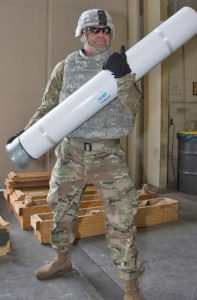
Among the images shown during the presentation one pictured a soldier carrying the XM654 monocharge, which by rough estimate has a length of no less than 1.5 meters while, considering the weight of a single M232A1 charge, its weight should be slightly in excess of 20 kg. True that this will be handled by the autoloader, however soldiers will have to refill it when empty, so artillerymen were invited to Picatinny Arsenal to check the handling of the first prototype cases, in order to put the end-user in the loop since the very beginning. Things are much less critical for the XM655 as the bags are roughly half the size and half the weight of the rigid case version, the two systems containing the same amount of propellant.
Terminally guided rounds: looking for maximum accuracy and lethality against moving targets
The next level of munitions brings to guided ones. The GPS-guided Excalibur is probably the munition of this type most used in action, and currently Increment Ib rounds are in full-rate production. These have demonstrated an accuracy under 2 meters, a 40.5 km range from 39-caliber barrels and a 65.3 km range from the ERCA 58-calibre barrel. “We are on a campaign of learning, to understand just how far we can push this Excalibur projectile from the ERCA system, and this is associated with higher pressure and muzzle velocity.
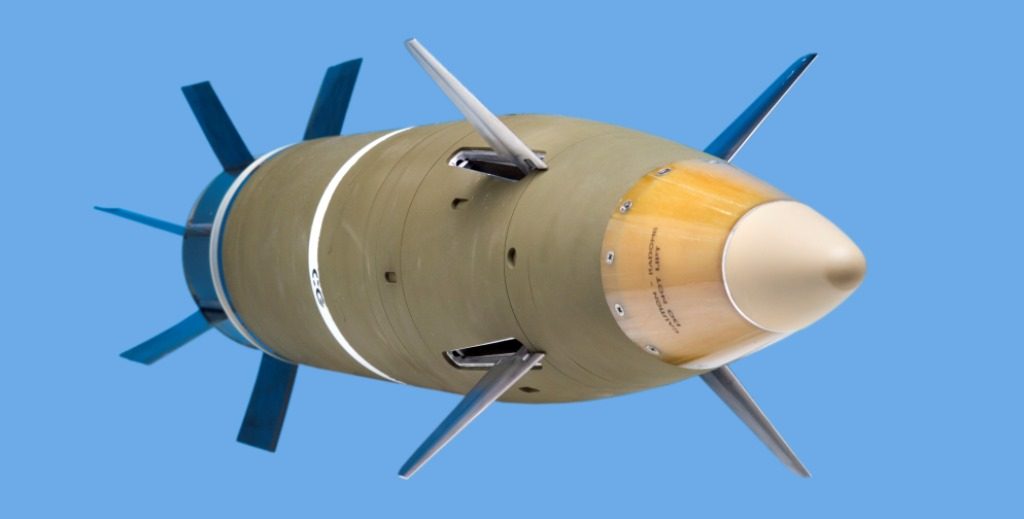
The 65.3 km result was obtained using a prototype SuperCharge system, and our goal is to demonstrate 70 km in December of this year. We have found a few issues with hardening some subsystems of the projectile to survive those increased stress and we are working in parallel, but our goal is to understand how far we can push this projectile out of ERCA without any changes, and if there are any changes that we have to make in follow-up production, or to retrofit the stockpile, we will have a good assessment of that in 2021,” Burke announces.
To couple range and accuracy the PM CAS also demonstrated the XM1113 RAP projectile fitted with the PGK, and out to 40 km it hit within 10 meters from the target. “As the Army is moving forward we do demonstrations like those every September, to culminate our campaign of learning as we move closer to Army Modernisation objectives. Soldier touch-points are also included in these events, so we have soldiers from units with us to critique our system, let us know what they like and what they don’t like, in order to allow us delivering a safe, effective and reliable weapon ammunition system at the end of the day.”
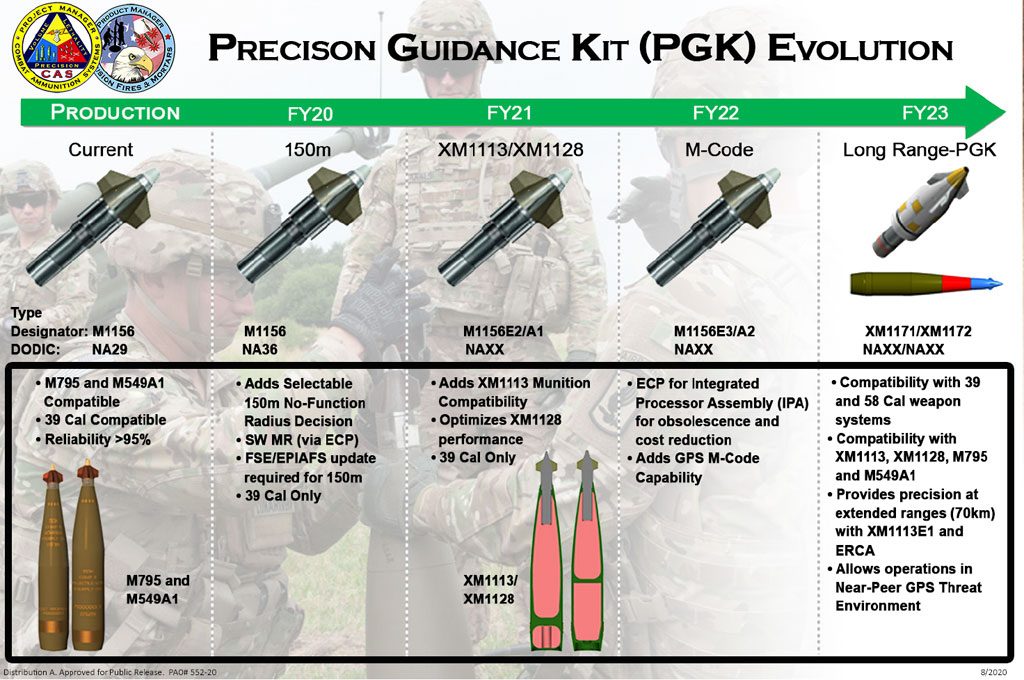
Burke then details the roadmap for the development of the M1156 PGK, which has been in production for some years, initially fielded for the 39-calibre fleet on M795 and M549A1 legacy HE projectiles. “Since then we have made a few changes in software to modify some of the logic within the PGK. Previously, if the round was not going to land within 150 meters from the target it would not arm itself, now there is a selectable command that we can give to the PGK to ensure the round goes off regardless the distance from the target at which it lands.” Burke explains. Of course this needed to update also the software in the FSE/EPIAFS fuse setter. In FY21 the production of an upgraded version working with the XM1113 and XM1128 will start, the system becoming the M1156E2/A1, but its use will be limited to 39-calibre systems. The following year a further step forward will be made, the M1156E3/A2 being designed to operate with the GPS-M satellite constellation; it will also have a lower cost electronic module. “A new system known as Long Range PGK will result from a new programme. It looks significantly different from the current one, it is in development by BAE Systems in the United States and will be compatible with the XM113 Extended Range projectile to achieve the effects at 70 km.
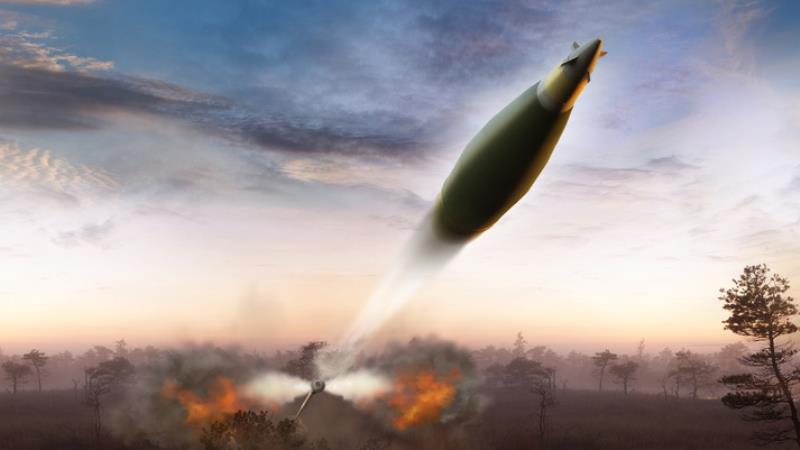
It will also be able to operate in the near-peer GPS threat environment, a capability the current PGK does not have, and will be backwards compatible with legacy projectiles,” Peter Burke says.
Last but not least comes the Cannon-Delivered Area Effects Munition (C-DAEM) which aims at replacing cluster munitions, forbidden by the Convention on Cluster Munitions treaty adopted in May 2008 and signed to date by some 110 nations, and providing a capability against moved and moving armoured targets. “The range goal is 22 km as a threshold and 100 km as an objective, and right now we have three offers underway for the competitive demonstration programme,” Burke points out. The three current companies that propose their solutions for the C-DAEM programme are Raytheon, with a modification of the Excalibur that will add an autonomous seeker and a new shaped charge warhead, Textron, and General Dynamics-OTS that has teamed with GIWS, the German joint venture between Rheinmetall and Diehl, these companies being currently working to package the SMArt submunitions in a new carrier to achieve extended ranges. “After the demonstrations in summer 2021 we will downselect one or more contenders, bringing them forward, with the aim to deliver this capability to the field in 2023.” According to the chart shown, two Increments are running in parallel, Increment 1 aimed at providing the capability against armoured moving targets, and Increment 2 against personnel in light skinned vehicles.
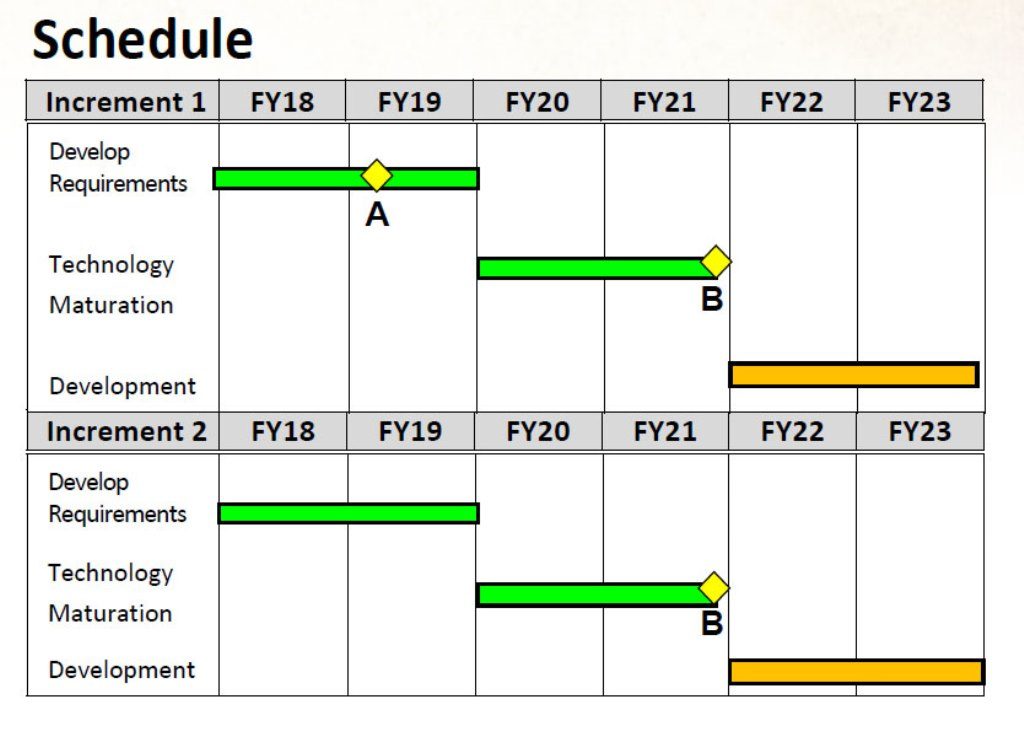
In conclusion Mr. Peter Burke underlined that the US Army has some co-development programmes in the field of artillery munitions running with its Allies, and it is open to further cooperation opportunities.
Images and photos courtesy PM CAS, Raytheon

